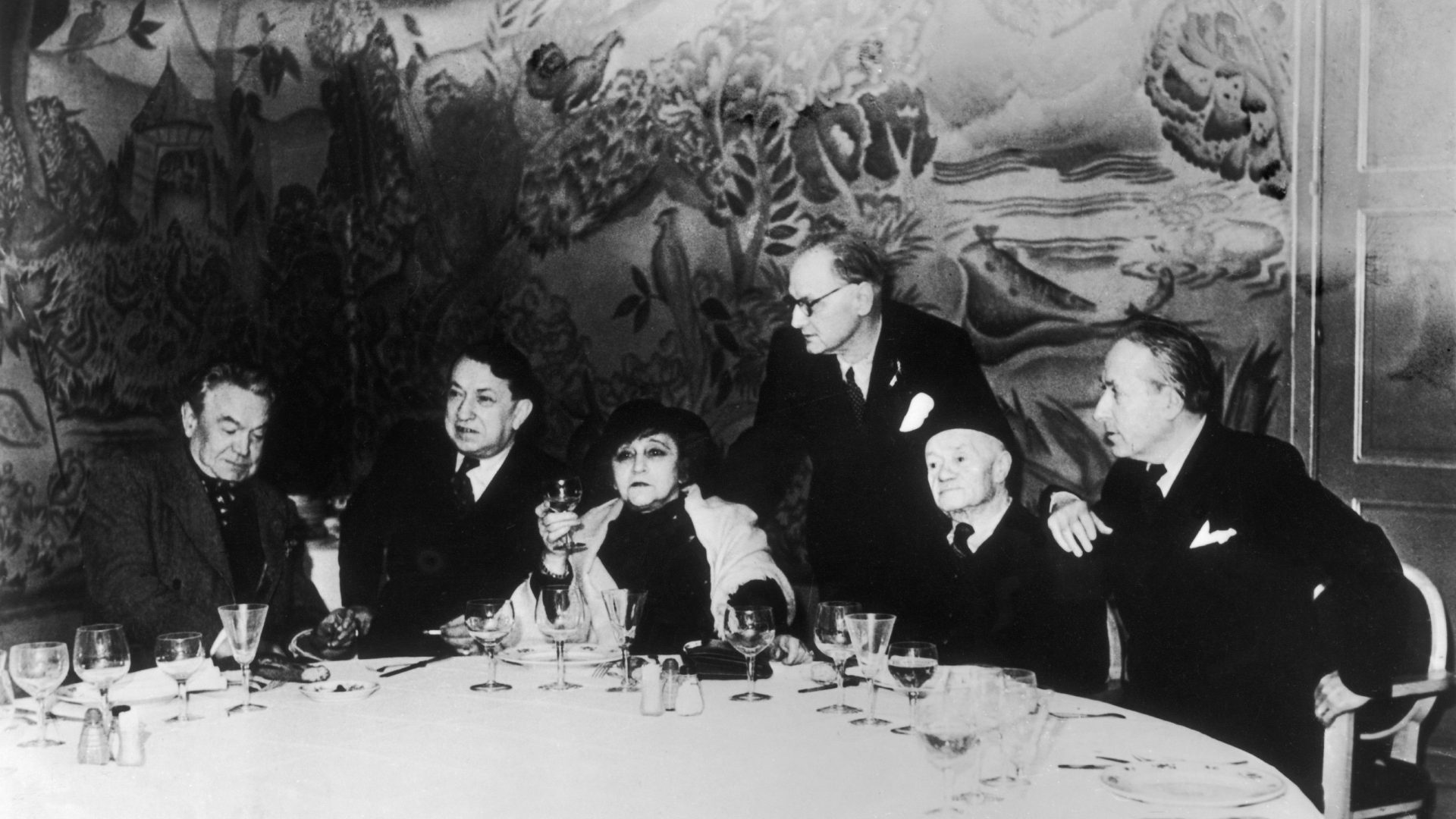From Here to Eternity
Charing Cross Theatre, London, until December 17
Sir Tim Rice has written lyrics to some great musicals, but From Here to Eternity emphatically isn’t one of them.
This sturdy, stodgy, soporific take on James Jones’s novel – once a classic film starring Burt Lancaster and Deborah Kerr – was first staged in 2013 at the Shaftesbury theatre and I’d rather hoped that would have been the last I saw of it.
The fundamental problem with this musical then – as now – is that it just
doesn’t really have any memorable music and the cast are left to do what they can with a dated and all-too-familiar storyline that has distinctly unappealing antisemitic and homophobic elements to it.
The original production was blessed with Ryan Sampson in the role of the
rebellious Maggio – the part Frank Sinatra played in the film – and it was
testament to the genius of the Plebs star that he somehow managed to make it all seem a lot more than the sum of its parts and even get some laughs along the way.
Jonny Amies isn’t quite in the same league and suddenly, with only a couple of palm trees to evoke Hawaii just before the attack on Pearl Harbor, it all looks very threadbare. The famously suggestive love scene Lancaster and Kerr played out on the beach among the crashing waves looked especially cold and sterile on the stage, with Adam Rhys-Charles and Carley Stenson doing their level best not to get splinters as the projection designer Louise Rhoades-Brown did what she could to muster up some surf.
The Charing Cross theatre’s little stage, configured so the punters are on all four sides of it, isn’t a lot of help communicating the epic quality of the original story, and a lot of the time, with the men doing their endless press-ups, it feels like being stuck in a bargain-basement gym.
Still, the song list has been ruthlessly pruned since the show’s first run and the ensemble cast, too, has been subject to significant rationalisation.
Sir Tim was sitting in the row in front of me. Without anything much to occupy my attention on the stage, I studied him closely. He didn’t smile or
laugh once. It may be this is just his way, but I got an impression of a parent stoically contemplating a wearying, ungainly child he’d had late in life and rather regretted.




